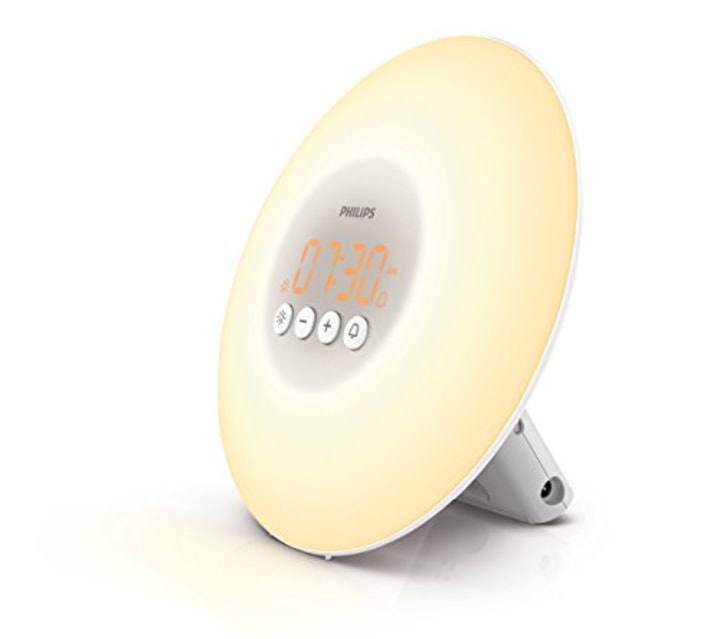The summer after I graduated from college, I returned home and started working a late-night job. I was the hostess at a fancy restaurant in town, and my day usually started around 5 p.m. and ended when the bar tabs had been calculated and the last dishes were unloaded out of the dishwasher at 1 a.m. I would often fall into bed an hour later and sleep like a rock until noon the next day.
This was my routine for three months. Even on the days I hadn’t worked, my body clock roused me around lunchtime and I wouldn’t be tired until far later than midnight. I was also attempting to find a 9-to-5 job, which made my schedule untenable. When I finally landed my first full-time job, my schedule turned on its head seemingly overnight. I had to be on the train by 6:48 a.m. I had to be asleep by 9:30 p.m. if I wanted to avoid nodding off in my meetings with my new boss.
I knew I had to train myself to be an early riser, but how? Technically, I had trained myself to wake up at noon, even if I wasn’t trying to. If it takes 21 days to form a habit, the same can be applied to your body clock reworking itself. It’s been 10 years since I had to switch up my sleeping habits, and to this day I remain an early riser. It took a few stops and starts, but here’s how I did it.
Here’s how to get started if you’re also looking to become an early riser:
1. Commit to a time plan that feels reasonable.
If your goal is to wake up perky and ready to rumble, work backward and figure out what bedtime makes sense. For a 6 a.m. wake up, I would say somewhere in the realm of around 9-10 p.m. makes sense. You may be tempted to go to bed at 8 p.m., but the key is going to bed at the same time every night to get your body familiar with the routine. Pick a time that makes sense for your schedule.
2. Come up with a bedtime routine and a morning routine.
Maybe it’s your skin care routine, maybe it’s reading a book or listening to music, maybe it’s stretching out or reading the news, but whatever it is, do it at the same time each morning and each night. This will signal to both your brain and body that you’re going to sleep or waking up.
3. Don’t skip weekends — sorry!
I know this might be painful to hear, but you have to keep up your sleeping schedule seven days a week for it to really take flight. Don’t worry — if you get up at 6 a.m. on a Saturday morning, you don’t have to immediately start doing things. Just be awake. Watch some "Gilmore Girls" reruns. Watch some "Law and Order." (It’s always on.) Have a bowl of cereal. Just don’t go back to sleep!
4. Get one of those lights that mimics the sun for the winter mornings.
I hate to be the one to remind you of this, but winter gets dark. Like, really dark. Like, the sun wakes up two hours after you wake up dark. Alarm clocks (especially your phone alarm) are a farce, I’ve found. The Philips SmartSleep was a lifesaver when I was “sleep training” as an adult. It begins to light up your room gradually in anticipation of the alarm going off, mimicking the sun. You won’t remember it’s pitch black outside until you open the curtains. (I don’t recommend doing that.)
Philips SmartSleep
Soon, you are going to feel completely different about how and when you sleep. A few setbacks? No worries. Just stay on the path.



